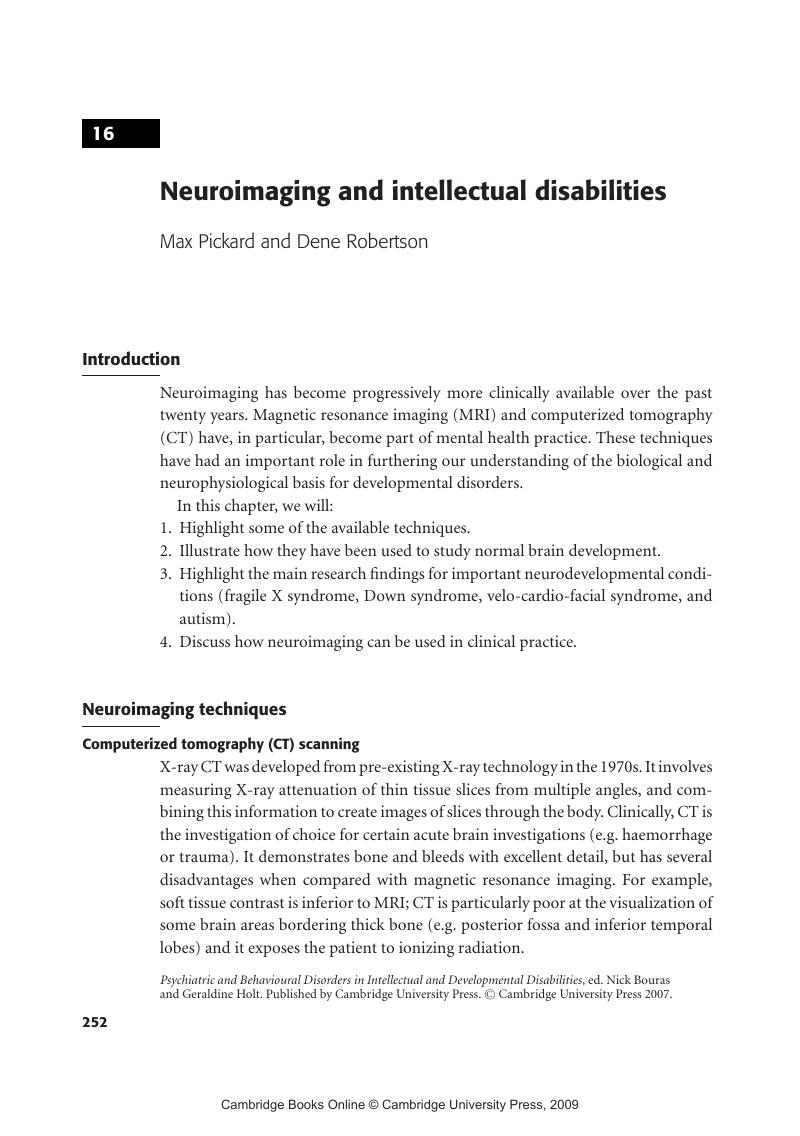Book contents
- Frontmatter
- Contents
- List of contributors
- Preface
- Part I Assessment and diagnosis
- Part II Psychopathology and special topics
- 6 The psychopathology of children with intellectual disabilities
- 7 Depression, anxiety and adjustment disorders in people with intellectual disabilities
- 8 Schizophrenia spectrum disorders in people with intellectual disabilities
- 9 Personality disorder
- 10 Dementia and mental ill-health in older people with intellectual disabilities
- 11 People with intellectual disabilities who are at risk of offending
- 12 Behavioural phenotypes: growing understandings of psychiatric disorders in individuals with intellectual disabilities
- 13 Mental health problems in people with autism and related disorders
- 14 Self-injurious behaviour
- 15 Mental health and epilepsy among adults with intellectual disabilities
- 16 Neuroimaging and intellectual disabilities
- Part III Treatment and therapeutic interventions
- Part IV Policy and service systems
- Index
- References
16 - Neuroimaging and intellectual disabilities
from Part II - Psychopathology and special topics
Published online by Cambridge University Press: 15 December 2009
- Frontmatter
- Contents
- List of contributors
- Preface
- Part I Assessment and diagnosis
- Part II Psychopathology and special topics
- 6 The psychopathology of children with intellectual disabilities
- 7 Depression, anxiety and adjustment disorders in people with intellectual disabilities
- 8 Schizophrenia spectrum disorders in people with intellectual disabilities
- 9 Personality disorder
- 10 Dementia and mental ill-health in older people with intellectual disabilities
- 11 People with intellectual disabilities who are at risk of offending
- 12 Behavioural phenotypes: growing understandings of psychiatric disorders in individuals with intellectual disabilities
- 13 Mental health problems in people with autism and related disorders
- 14 Self-injurious behaviour
- 15 Mental health and epilepsy among adults with intellectual disabilities
- 16 Neuroimaging and intellectual disabilities
- Part III Treatment and therapeutic interventions
- Part IV Policy and service systems
- Index
- References
Summary

- Type
- Chapter
- Information
- Psychiatric and Behavioural Disorders in Intellectual and Developmental Disabilities , pp. 252 - 266Publisher: Cambridge University PressPrint publication year: 2007



